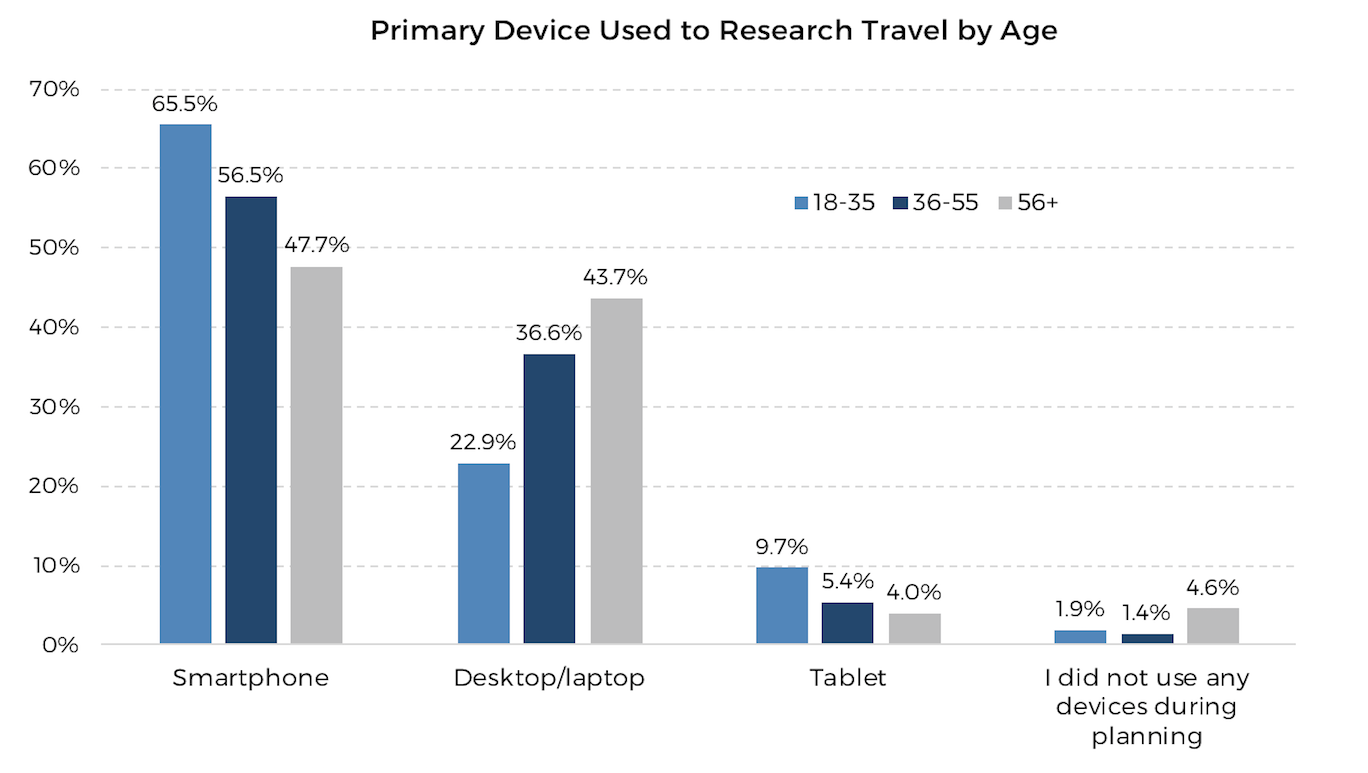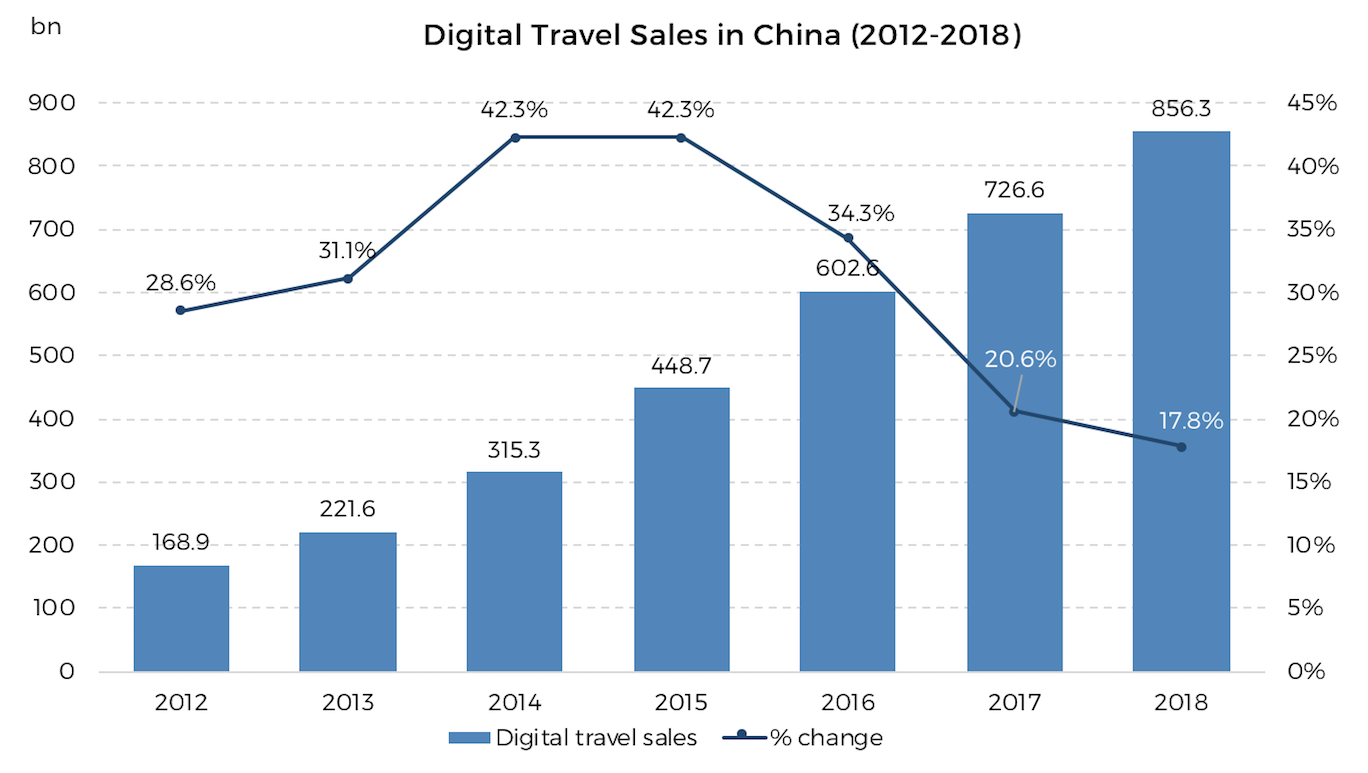Skift Take
Chinese outbound travelers have distinct and evolving behaviors and preferences that affect the way they travel. The best strategies to appeal to this market are built on a clear understanding of these nuances.
The immense size and spending power of the Chinese outbound travel market has made it a top priority for travel brands and destinations around the world. Attracting this group, however, is no easy task. Government internet censorship has facilitated the emergence of a unique online travel ecosystem, unfamiliar to most outside of China. Chinese travelers also have distinct consumer and media-consumption habits, in large part because of their mobile-centricity. Lastly, because of a number of geographic and political factors, regions of China have developed unevenly, which is reflected in varying travel preferences and behaviors among Chinese tourists.
Our latest Skift Research report, Best Practices for Attracting Chinese Tourists, examines these characteristics of the Chinese outbound travel market and more. Then, building on this market and consumer analysis, we identify three best practices for travel brands and destinations to attract Chinese tourists and we provide real case studies of each. to help connect with and appeal to Chinese travelers most effectively.
Last week, we launched the latest report in our Skift Research service, Best Practices for Attracting Chinese Tourists.
Below is an excerpt from our 25-page, 7,000-word report. Get the full report here to stay ahead of this trend.
Preview and Buy the Full Report
Mobile preferred throughout the traveler journey
The mobile-first mindset among Chinese consumers impacts each stage of their journey as travelers, from inspiration, to booking, and in-destination behavior.
- Research
Smartphones have become the preferred device to research travel. EyeforTravel’s Chinese Consumer Report 2017-2018 found that smartphones are the primary device used to research travel for travelers of all ages, but especially younger travelers.

Source: EyeforTravel
-
- Booking
Chinese consumers are also unsurprisingly leading the way when it comes to mobile booking. According to a 2016 survey by Worldpay and Opinium, 25 percent of Chinese consumers book their travels on mobile, compared to just 6 percent on average across the other countries surveyed (Australia, Brazil, China, Germany, India, and the U.S.). Chinese government-enforced internet restrictions have allowed a locally grown travel website ecosystem to emerge, including online travel agencies including Ctrip, eLong, and Qunar, and online forums or trip-planning sites like Mafengwo and Tunui. Ctrip is the clear leader in China for travelers who book online, capturing a 70 percent share of online bookings for outbound travelers in 2016 according to an estimate by Hong Kong-based investment group, CLSA.
- Booking
Preview and Buy the Full Report
- Payment
Chinese tourists also prefer to use their typical payment methods, especially mobile payments, while booking travel and on purchases in-destination. Skift Research spoke to Karlijn Vogel-Meijer, director of social for KLM Royal Dutch Airlines about the company’s use of WeChat for our WeChat Marketing Strategies report. She informed us that about 30 percent of the airline’s Chinese customers pay for their flight tickets using WeChat Pay, which it just began accepting in August, 2017. Travel brands and businesses in-destination are increasingly adopting mobile payments to meet the demand, but there is still a lag in adoption that could be hindering Chinese tourists from choosing to buy from certain companies. A 2018 survey by Hotels.com and Ipsos, for example, found that the most important aspect of a hotel for Chinese travelers is that it accepts UnionPay or Alipay. This was selected more than all Chinese-language related services and cultural amenities. Despite this, only 7 percent of the hoteliers surveyed indicated that they were investing in improving their ability to accept these payment methods, while only 18 percent already accepted them at the time. This gap in supply vs. demand can be a huge hindrance for businesses looking to attract Chinese travelers. A 2017 survey by Nielsen and Alipay found almost all Chinese travelers surveyed (91 percent) indicated that they would be inclined to spend more while traveling if mobile payments were supported by more vendors.
Traditional travel agents are still important
Even with mobile bookings on the rise, most Chinese outbound travelers are still booking travel plans with traditional travel agents. When Skift Research spoke to Maria Sun, COO of Ctrip for our report A Deep Dive Into Ctrip and the China Online Travel Market 2017, she informed us that 70-75 percent of travel bookings are still made offline in China, with the assistance of the many traditional travel agents or tour operators there. According to the UNWTO, by the end of 2016, there were over 28,000 traditional travel agencies in China and 13.6 percent of them (3,806) had been approved by the China National Tourism Administration to provide outbound travel services to Chinese travelers.

Source: eMarketer + iResearch Consulting Group
Subscribe now to Skift Research Reports
This is the latest Skift Research Report aimed at analyzing the fault lines of disruption in travel. These reports are intended for the busy travel industry decision maker. Tap into the opinions and insights of our seasoned network of staffers and contributors. Over 200 hours of desk research, data collection, and/or analysis goes into each report.
After you subscribe, you will gain access to our entire vault of reports, analyst sessions, and data sheets conducted on topics ranging from technology to marketing strategy to deep-dives on key travel brands. Reports are available online in a responsive design format, or you can also buy each report a la carte at a higher price.
Have a confidential tip for Skift? Get in touch
Tags: china outbound, mobile, skift research
Photo credit: Chinese tourists of all ages are mobile-first. Here, older Chinese tourists take a selfie using a smartphone. Clem Onojeghuo / Clem Onojeghuo, Unsplash
